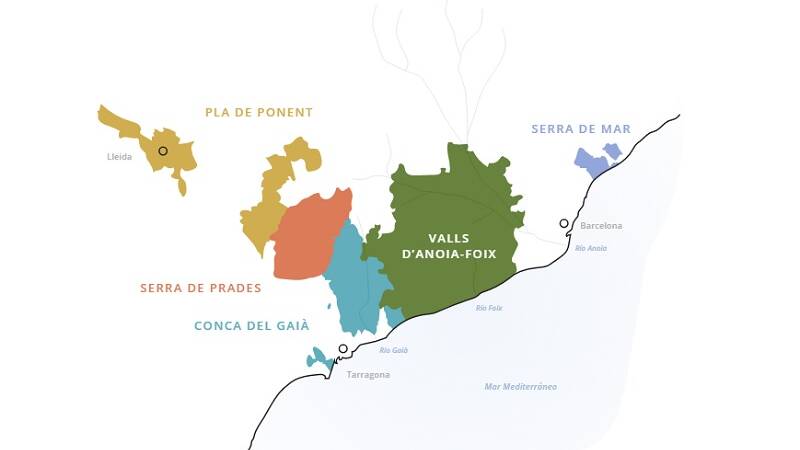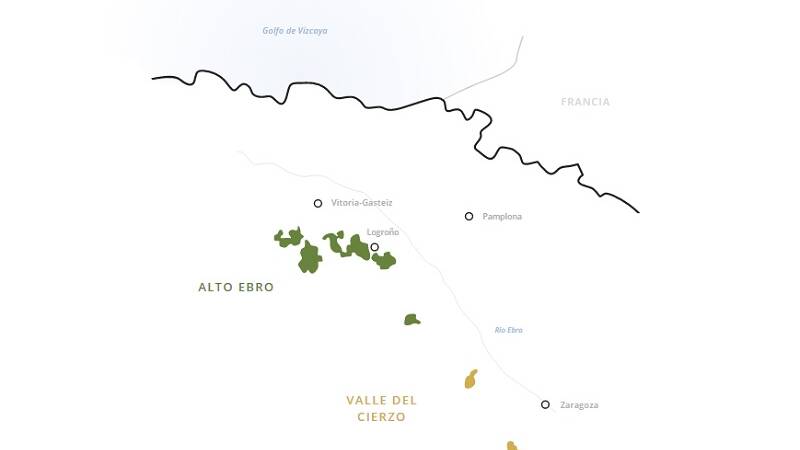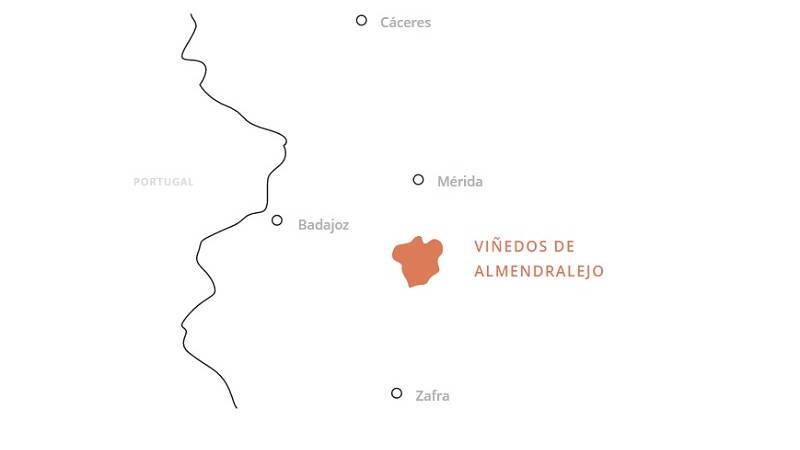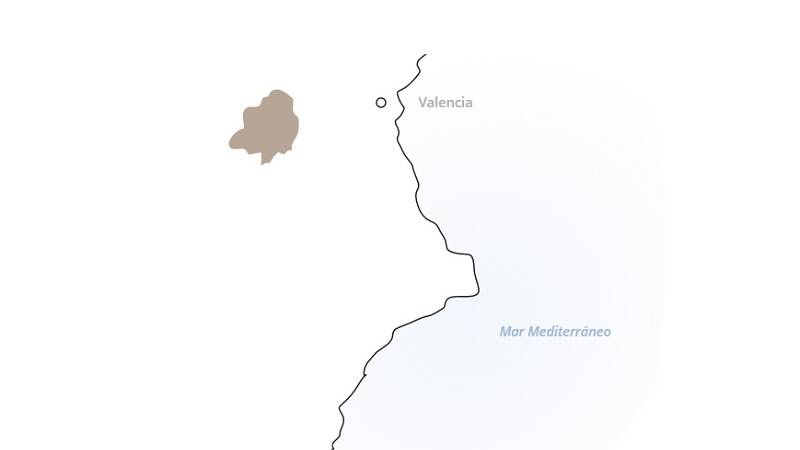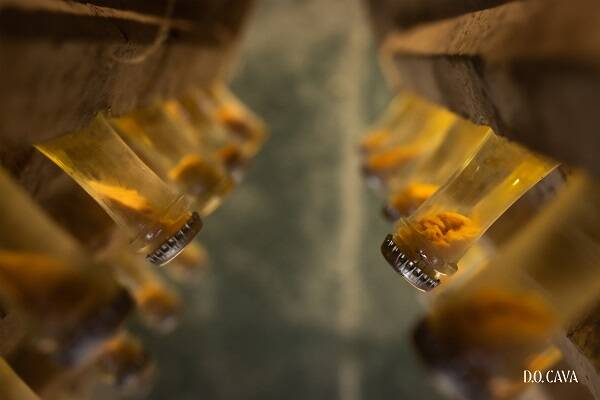This special category established a specific territorial unit, literally for the plots located around the winery or its pressing centre, as well as a series of ageing requirements, vintage concept and other specifications aimed at guaranteeing that the resulting product would be of good quality and distinction.
Unfortunately, this 2016 initiative was not enough to sustain the dissatisfied and in just a year and a half the creation of Corpinnat was announced and the consequent departure of several important producers that we are all familiar with.
Responding to the demand for an origin - zoning
However, one of the great challenges for Cava remained intact: linking such a large and disparate D.O. to a specific origin, as never before had a Denominación de Origen been so loosely linked to an origin as was the case with Cava. The great novelty has arrived, the zoning of Cava, and with it a new exciting project has begun. This zoning makes it possible to distinguish its origin in four levels, the generic Cava, which is the one that was already in force, the one that links it to a more precise origin: Comtats de Barcelona, Valle de Ebro, Viñedos de Almendralejo and the Zona de Levante, whose name is only provisional. But not only that, but in certain sub-zones we can find sub-levels of origin, as in the case of Comtats de Barcelona where we can find up to five different sub-zones (Serra de Mar, Valls D'Anoia - Foix, Conca del Gaià, Serra de Prades and Pla de Ponent). Another of the areas that, due to its size, will also have a zonal subdivision will be the Valle del Ebro, where we can find the Alto Ebro for the sparkling wines concentrated in the vicinity of Logroño, and the Valle del Cierzo for the production areas near Zaragoza. The pinnacle of local and specific would be the Paraje cavas, a smaller and much more specific territorial unit.

 Log in
Log in


